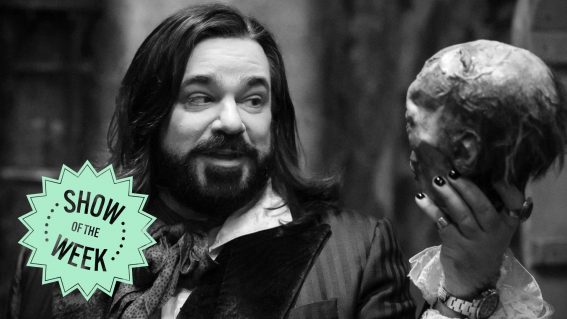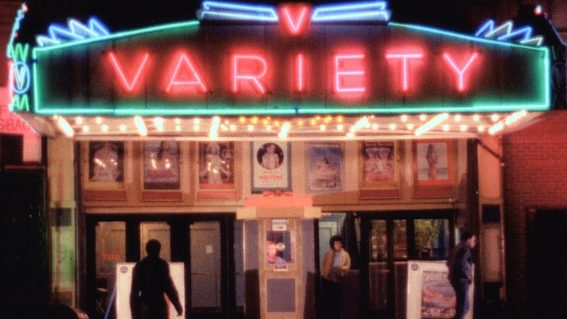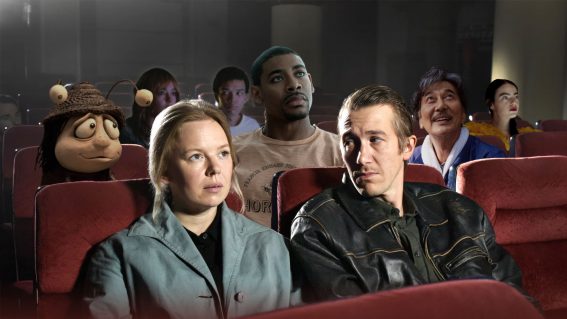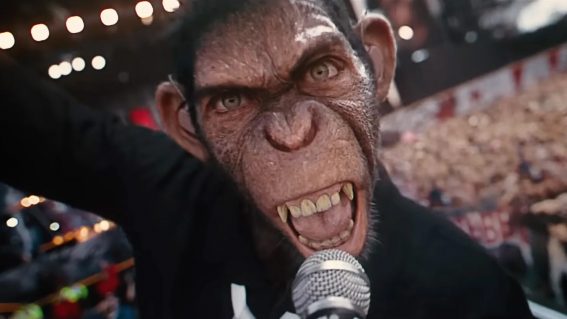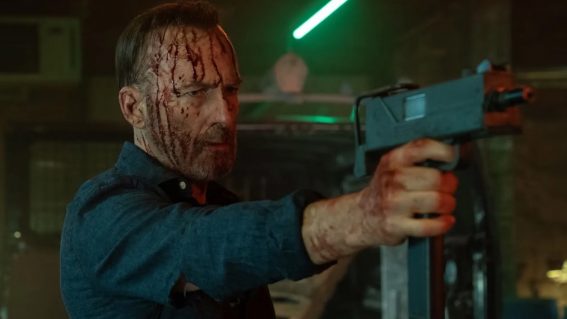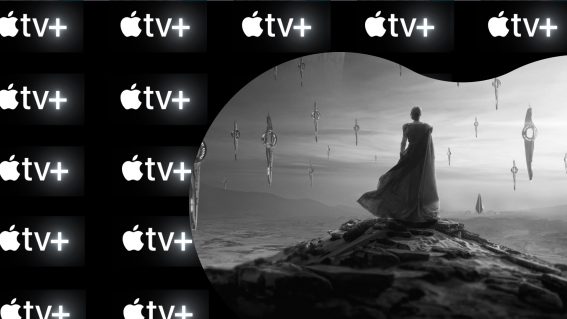There’s something strange—and brilliant—going on in Pearl’s period horror vision
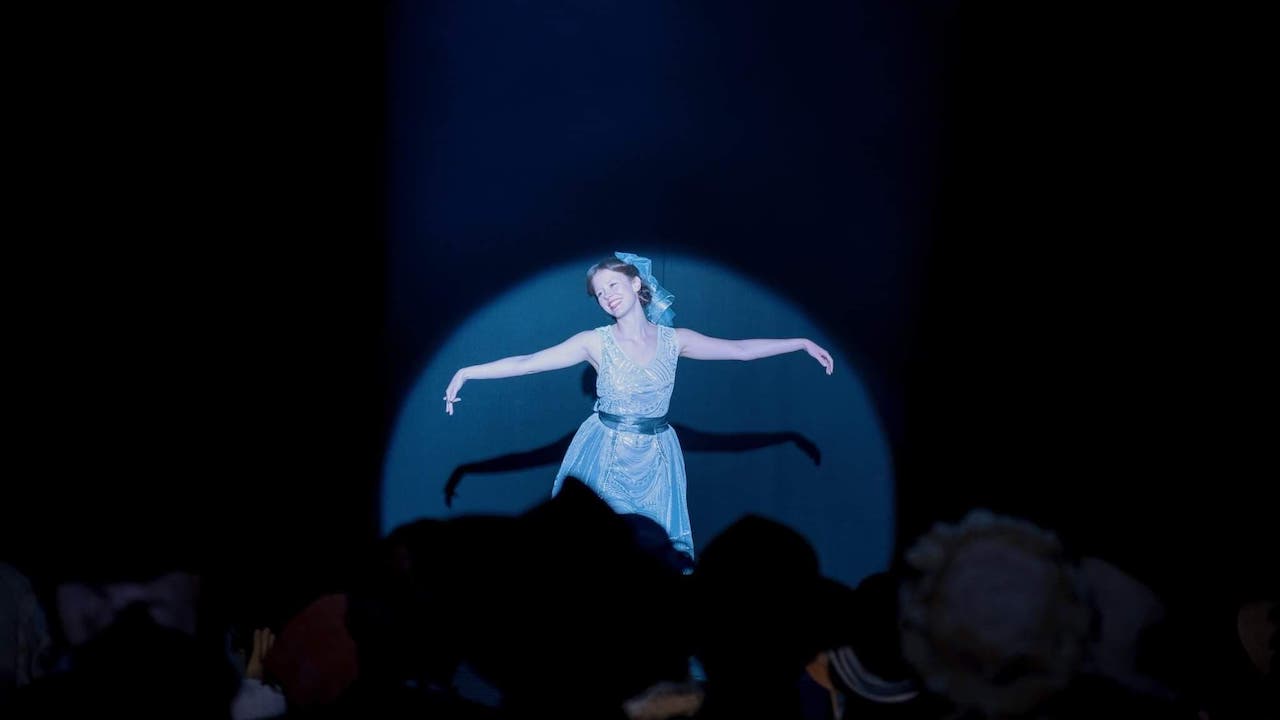
Maybe it’s the agonisingly long wait for Pearl to arrive in cinemas: maybe it’s the director’s scattered period references. Whatever’s going on here, Eliza Janssen adores Mia Goth’s out-of-time performance in this horror prequel.
In February of 2021, the US had over 28 million COVID cases and a half-million deaths from the virus; internationally we’d tragically suffered around 2.5 million deaths; vaccines were just beginning to arrive in New Zealand and Australia, after the UK was the first country to approve a Pfizer and BioNTech vaccine two months prior. (Most significantly of all, I was quarantined in a Sydney hotel for two weeks with spotty wifi. Probably the pandemic’s single darkest moment, you’ll agree.)
Meanwhile, a crew of Hollywood filmmakers were blessedly stuck in “the one place on Earth where it’s safe to make a movie”—New Zealand, sitting pretty at 2k COVID cases. The apocalyptic vibe of the times didn’t just inspire horror director Ti West and star/co-writer Mia Goth to make one movie, though: he birthed an entire franchise, shooting 1970s slasher X and its prequel Pearl back-to-back with a well-quarantined Kiwi crew. The upcoming trilogy conclusion, MaXXXine, is still in production, resulting in a much longer wait than the mere five months between the first two films— hurry up, Ti and Mia, ya lazy schlubs!!
When the tactlessly greenlit Michael Bay corona-thriller Songbird and decent self-iso slasher Sick are both lost to the sands of time, perhaps West’s hasty yet tasty X saga will stand as the horror genre’s greatest chronicle of the pandemic. Being set in the 1979, X doesn’t overtly reflect much about the infectious terror surrounding its contemporary production, but Pearl explicitly references the 1918 spread of the Spanish flu. It’s also a handy way to make sure cast members are masked up when possible, even in their glorious old-timey costumes.
There is something temporally trippy going on with Pearl, and that’s almost supported by its atrociously delayed release in regions like Australia, the UK, and most bizarrely of all New Zealand (despite featuring plenty of Aotearoa’s local talent, it still doesn’t have a release date there!!). It elaborates upon X’s themes of beauty, fame and ageing with its own warped sense of period glamour, and its muddled homages to past Hollywood eras only sweeten the mayhem.
The basic plot of Pearl is familiar, following a younger version of Mia Goth’s wizened, bitter murderess from X as her dreams of being beloved and famous are sparked and inevitably snuffed out. As far back as these early days of the big screen, there’s been stories about bright young people desperate to get on the big screen. But apart from showing a startling excerpt from a real 1915 stag film, West has chosen far more anachronistic visuals and influences to embody Pearl’s starry-eyed downward spiral.
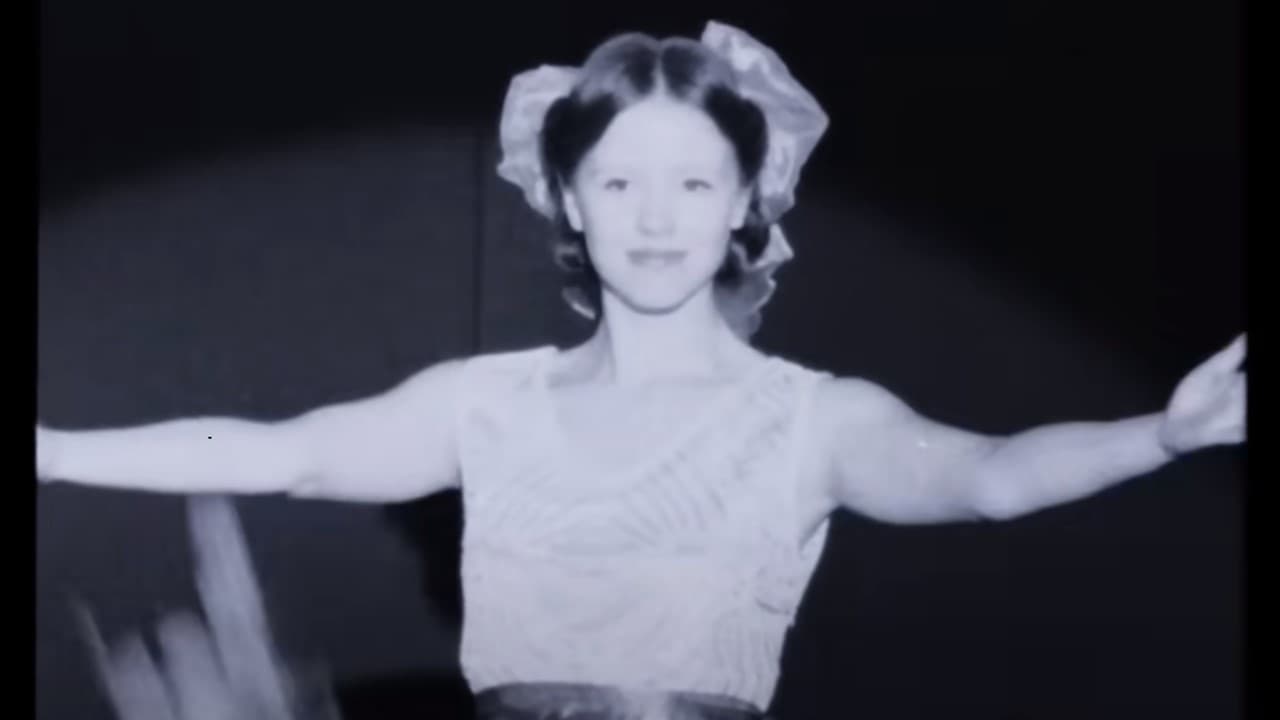
To begin with, there’s the juicy Technicolour cinematography, with West consciously aiming for a “demented Disney movie” or the romanticism of Douglas Sirk’s midcentury melodrama. Okay…so titles from the 1950s and, in Disney’s case, the 1930s at the earliest. In an interview with Forbes, he specified that Mary Poppins and Norman Rockwell’s saccharine illustrations gave further aesthetic Inso, dragging us into the early 1960s. And then there’s the movie’s loving nods to The Wizard of Oz: Goth cycles along corn-lined country roads, dreams of an idealised life somewhere over the you get the picture, and humps a scarecrow to climax. Just like Dorothy, whoa!!
Oz is the ultimate Hollywood product about escapism, girlhood fantasy, and the magic of imagination and wonder—for countless generations of us viewers, but not for Pearl, who will already be an unhinged housewife by its depression-era release. West remixes a senseless melange of Americana’s grandest, most romantic cultural touchstones into a broad horror character study, and it leaves us in a brilliantly flimsy state of time and space, ready for the polished ground to fall out from under us when Pearl’s already-impossible screen dreams betray her.
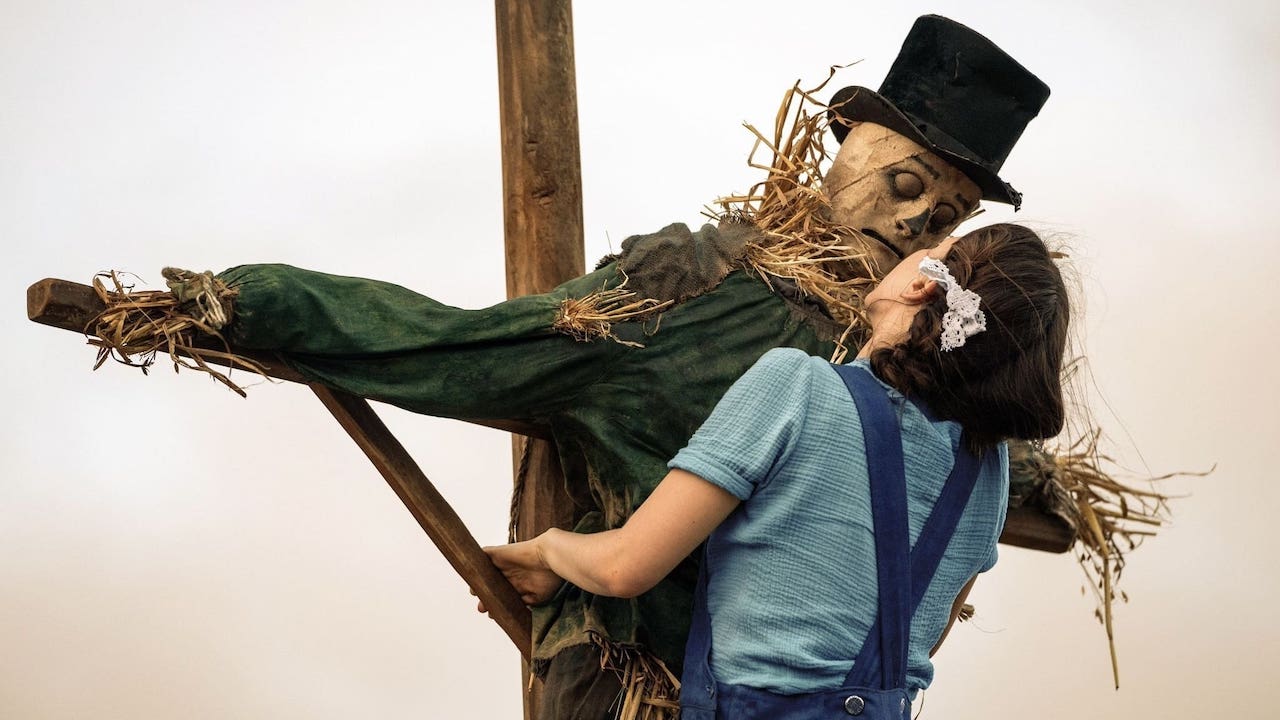
Can’t believe I haven’t even talked about Mia Goth yet: she’s a bit of a timeless screen presence herself. Here she looks quite like Shelley Duvall in Robert Altman’s Popeye sans eyebrows, and off-camera her voice has been compared to that of “a 9 year old Victorian boy that’s escaped from a Charles Dickens novel.”
Pearl’s final act is basically a trio of acting magic tricks from Goth, starting after a somewhat disappointing WWI-themed dance number as Pearl’s dream audition for a chorus line role. First, there’s her much-memed, hysterical reaction to finding out she didn’t get the part (“EMMA STOOOONE”, some viewers heard her bellow). Then Goth mumbles her heart out in an extended, revelatory kitchen-table monologue: confessing her sins and anguish to her imagined husband, we can’t wait for West to reverse-shot and show us the horrified face of the friend she’s actually telling all to.
Finally, we get Pearl’s ultimate moment—and ultimate triumph of temporal discomfort. Her soldier husband Howard finally returns home to find his wife and her parents in a state I won’t spoil for first-time viewers. Goth whips around to face the camera and smiles. And smiles. She doesn’t stop as retro title cards appear between her and the man she kinda hopes might’ve died in the war, the man she’s terrified to reveal her true darkness to: all she can do is perform.
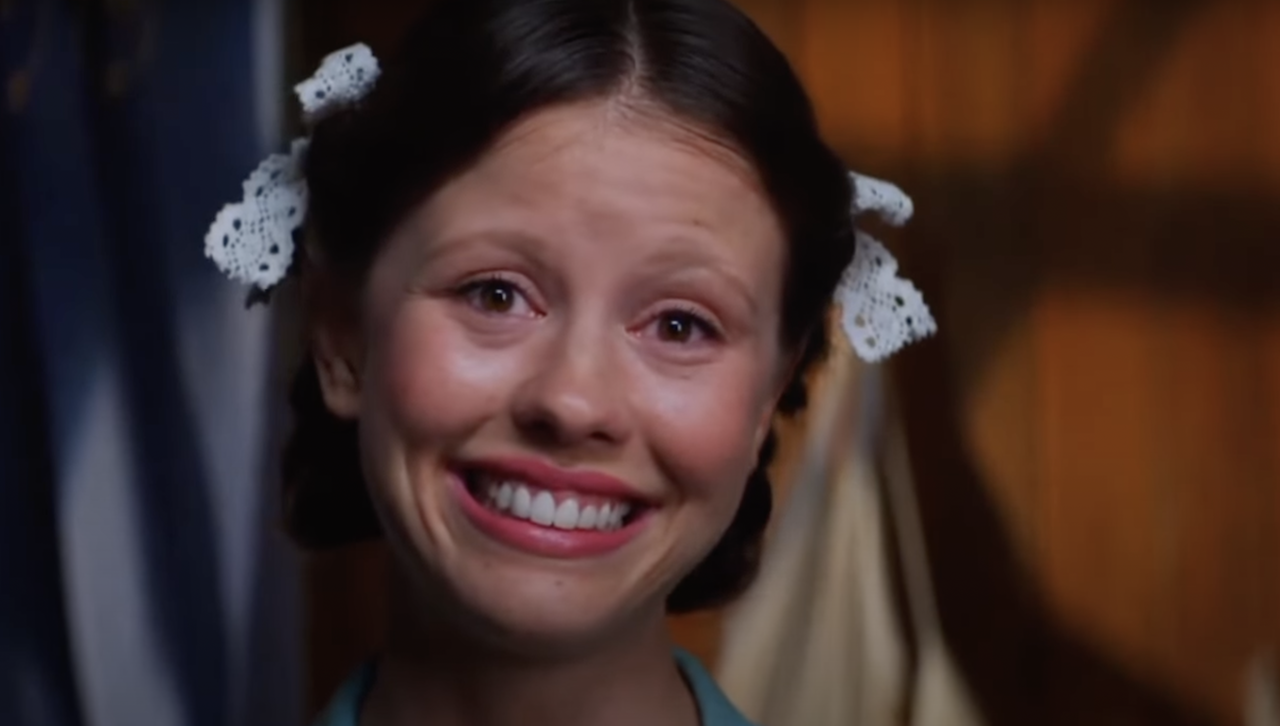
The jaw-creaking image, not a freeze-frame but a painfully long take of Goth, is reminiscent of Sleepaway Camp or Oldboy: you want to look away from the protagonist’s uncanny, held expression, to spare them added humiliation as a screen spectacle. But wouldn’t it be wrong to tap out of Pearl’s bloody grab for MGM-flavoured, can-can-kicking, anachronistic happiness now?
So we wait, as the credits roll over her face and a black iris gradually closes in on her tear-filled eyes. Luckily, West, Goth, and their entire COVID-inspired team have made a period piece well worth waiting for, from its frustrating path into cinemas to this final, genius shot.





